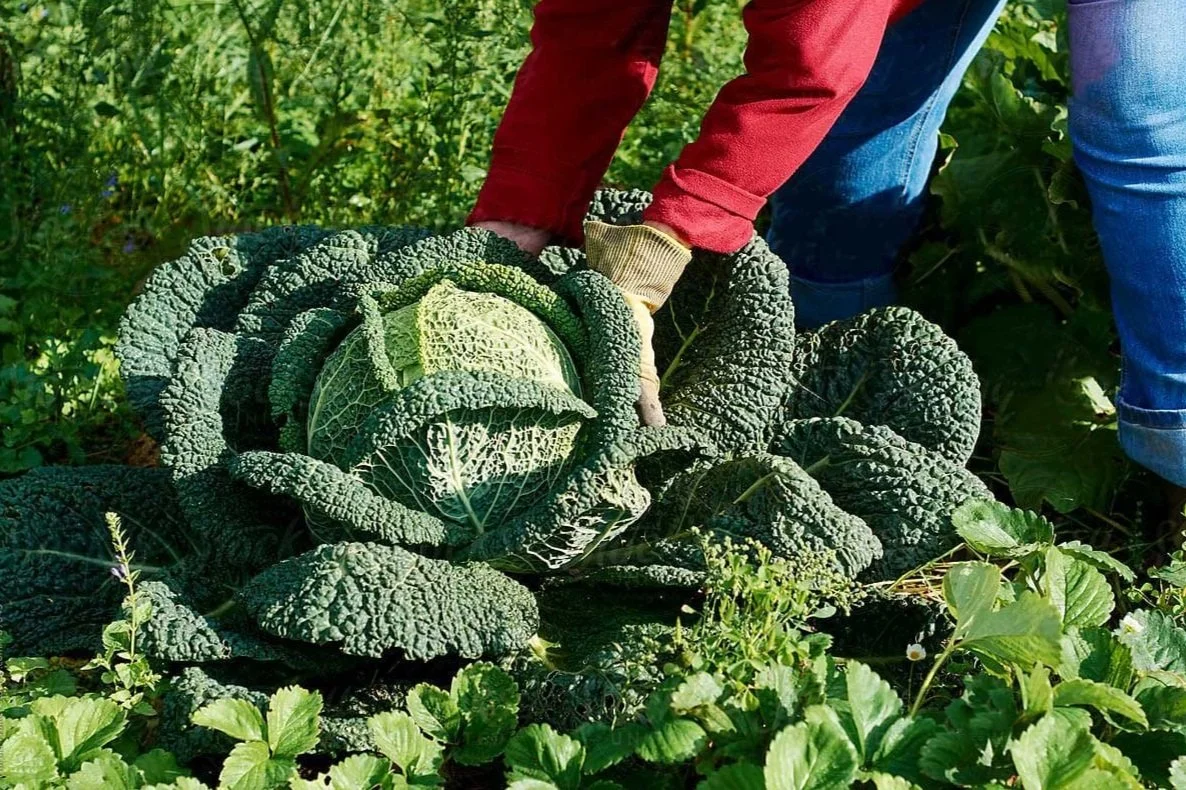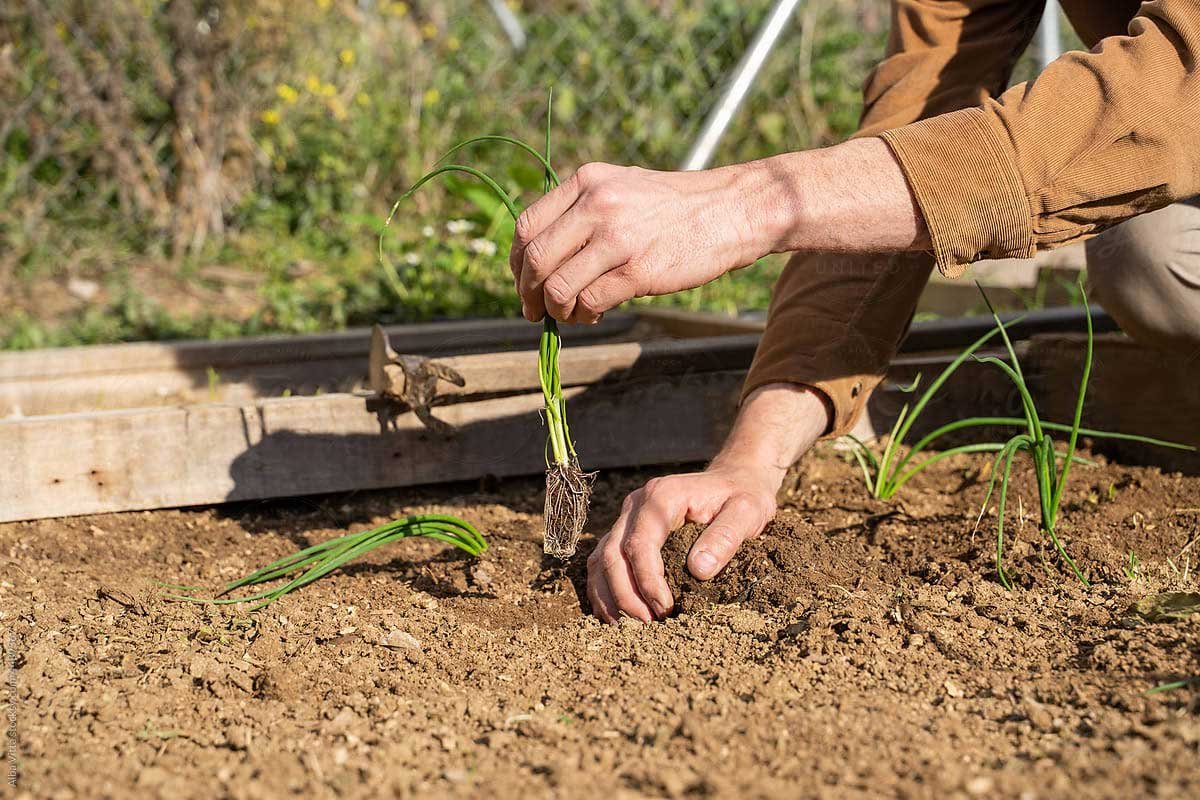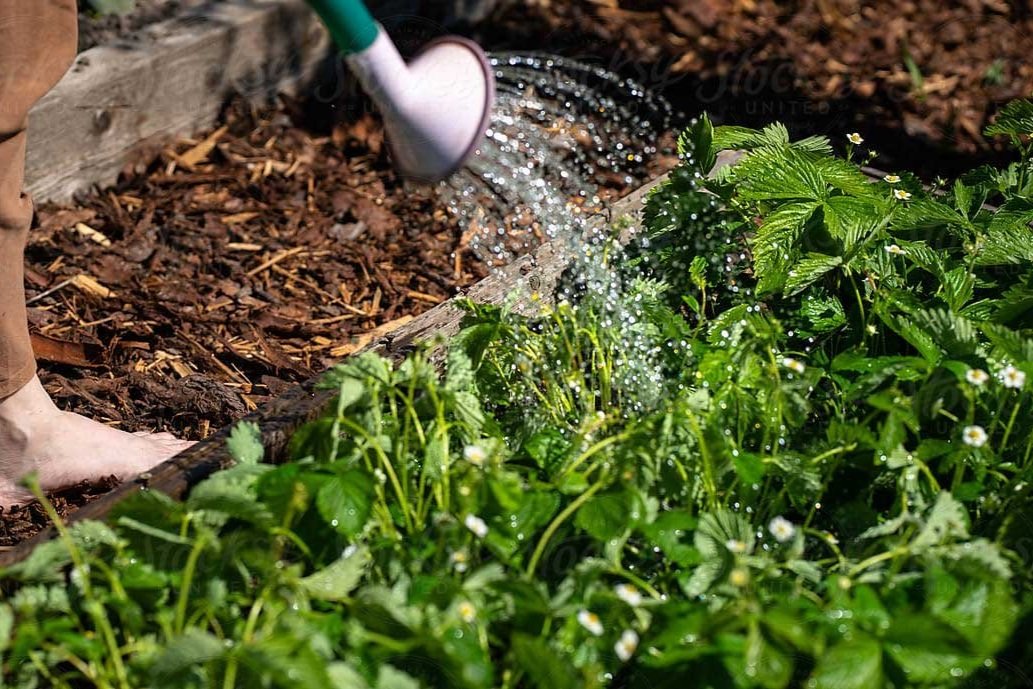Five Common Edible Garden Mistakes & How to Avoid Them
Lie back, relax, and follow these rules to have a productive edible garden.
Gardening is all about learning, and even seasoned gardeners can fall into a few common traps. Whether you’re just starting out or looking to fine-tune your approach, here are five mistakes that often crop up in edible gardening and how to avoid them.
Overcrowding Plants
It’s tempting to plant as much as possible in your garden bed, but overcrowded plants will compete for water, sunlight, and nutrients, leading to weak growth and lower yields.
Solution : Give each plant the space it needs to thrive by following the guidelines on seed packets. Proper spacing allows for healthier growth and a more productive garden.
Ignoring Soil Health
Healthy soil is the foundation of a successful garden. Without the right balance of nutrients, plants can become weak, attracting pests and diseases.
Solution : Test your soil and amend it with compost or organic matter to maintain a rich, well-balanced environment. Healthy soil supports strong, resilient plants.
Forgetting Crop Rotation
Planting the same crops in the same spot year after year can deplete the soil and invite pests and diseases specific to that crop.
Solution : Rotate your crops each season to give the soil a break and reduce the risk of disease. For example, after growing tomatoes in one bed, switch to beans or leafy greens the next season to keep the soil healthy.
Overwatering (or Underwatering)
Both overwatering and underwatering can harm your plants. Too much water can lead to root rot, while too little will cause wilting and poor growth.
Solution : Check the soil moisture by sticking your finger about an inch deep into the soil. If it’s dry, it’s time to water. Consider drip irrigation or soaker hoses for raised beds and containers to maintain consistent watering.
Neglecting Companion Planting
Certain plants support each other when grown together, while others can inhibit growth if planted nearby. Companion planting maximizes garden health and yields.
Solution : Learn which plants work well together. For example, basil planted near tomatoes can enhance flavor and help repel pests. Pairing compatible plants leads to healthier growth and better harvests.
Avoiding these common mistakes will help your edible garden flourish, giving you more time to enjoy the fruits (and vegetables) of your labor. Happy growing!






